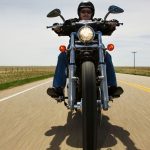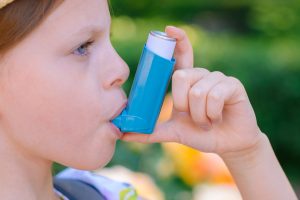
Motorcycles are still deadlier than cars, but there’s some good news: Nearly 6 percent fewer bikers died on U.S. roads last year than in 2016, a new report says. Preliminary data indicate that there were 4,990 motorcyclist fatalities in the United States in 2017 — which is 296 fewer than the year before, according to the Governors Highway Safety Association (GHSA). But even with that reduction, motorcyclists account for a disproportionate amount of all traffic deaths. Deaths per mile traveled are 28 times higher among motorcyclists than among people in passenger vehicles, the report noted. “Motorcyclist fatality numbers have fluctuated from year to year over the past decade,” said report author Tara Casanova Powell. “While we are cautiously optimistic about this projection, we really need to see a sustained trend downward toward eventually eliminating motorcyclist fatalities altogether,” she said in a GHSA news release. Last year, motorcyclist deaths fell in 30 states, remained the same in two states and rose in 18 states, according to the report. In 2016, one-quarter of motorcyclists who died had a blood alcohol level over the legal limit, the highest percentage of any vehicle type. Data suggest that trend continued in 2017. Several states had an increase in distracted riding-related motorcycle deaths in recent years. And one state (Virginia) had more than double the number of such deaths between 2016… read on >






































